The inception of Neurai stems from the pursuit of an ecosystem where anyone can create low-power IoT devices, harness AI systems, and leverage blockchain to ensure the integrity of the information obtained or using this information to manage Assets in the form of Tokens or NFT.
For this purpose we have three important parts that together are of incalculable value: Blockchain + IoT + AI
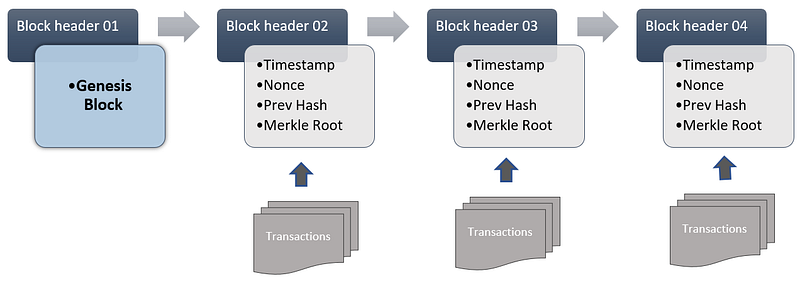
Blockchain is a decentralized and distributed digital ledger technology where transactions are recorded across multiple computers linked in a peer-to-peer network. The name “blockchain” stems from its structure, wherein individual records, called “blocks,” are linked together in a single list, called a “chain.”
Each block contains information about transactions, like the date, time, and participants. What makes it revolutionary is that it’s nearly impossible to change, hack, or cheat the system. Once a block is added to the chain, it’s there for good.
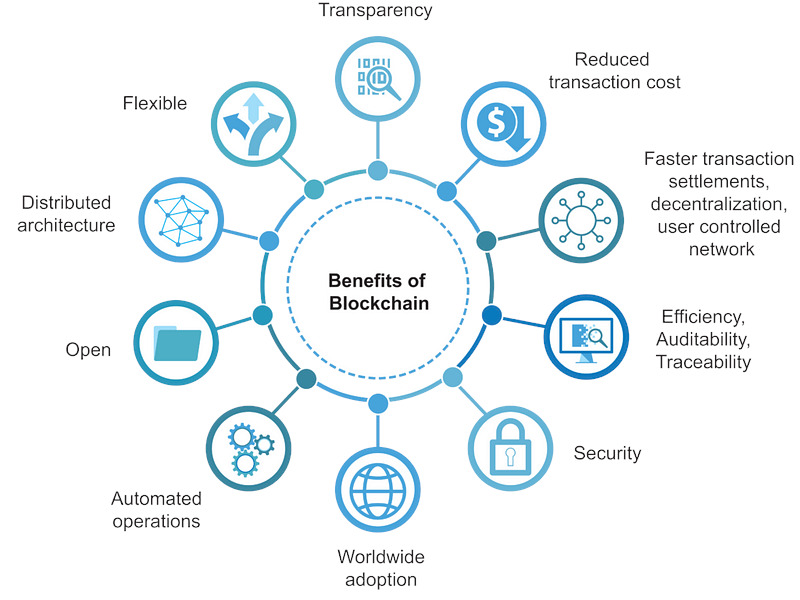
Blockchain technology offers significant advantages, including:
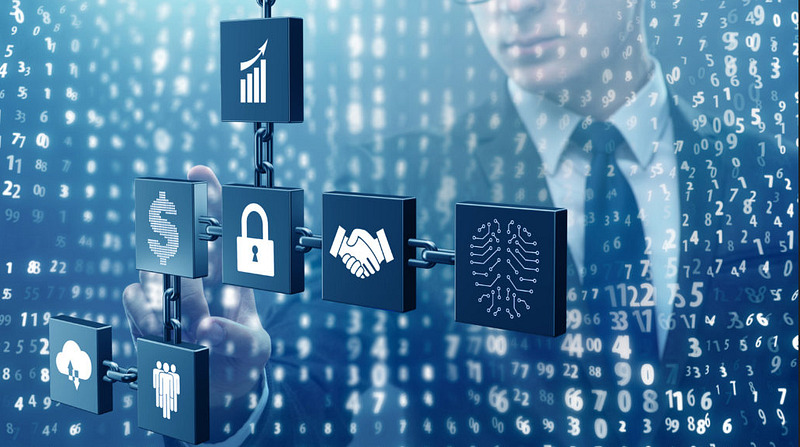
Neurai is an advanced version of this description, incorporating Assets in the form of NFTs or Tokens, requiring the burning of coins for their creation, very important to create a system that is sustainable over time. This is because Neurai uses part of the Ravencoin code, which is Bitcoin code with advanced options such as assets or resistance to ASIC equipment.
This tokens and NFT on Neurai can interact with IoT devices in various ways to unlock a range of applications and uses. Here are some examples:
These are some examples for our project, but some are more complex to implement in the short term and could be divided into short, medium or long term.
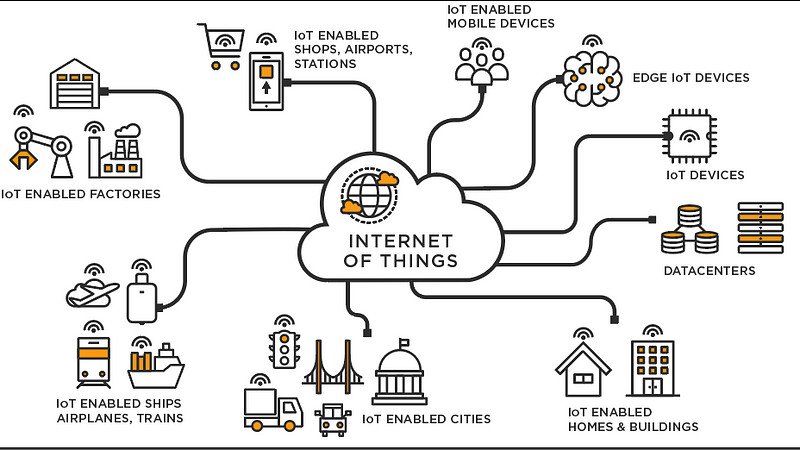
The Internet of Things, or IoT, refers to the multitude of physical devices worldwide that connect to the internet, collecting and sharing data. This technology seamlessly blends the physical and digital worlds, making everyday objects smarter and our lives more efficient.
This can be done by means of equipment purchased for a specific purpose or created by means of easily accessible microcontrollers such as ESP32 or RISC-V microcontrollers.
When coupled with blockchain technology, the transparency, security, and efficiency of these IoT devices are enhanced, paving the way for a future where data exchange is seamless, reliable, and secure.
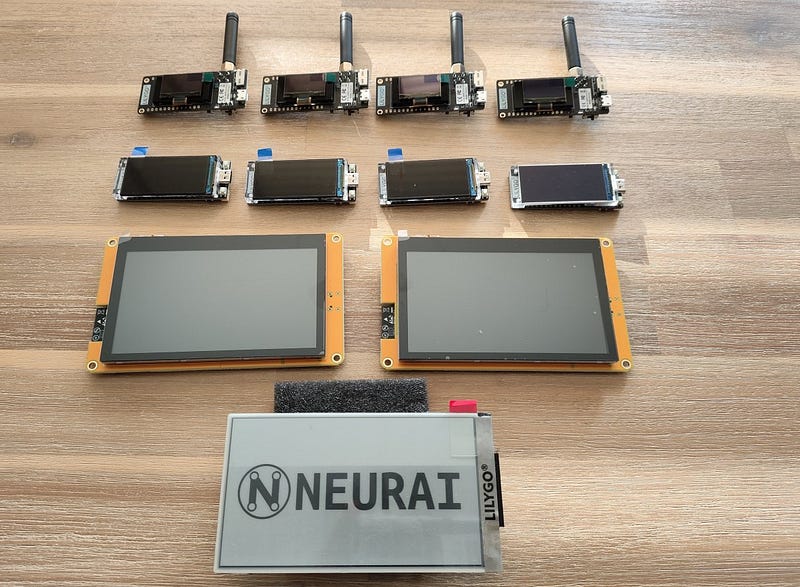
IoT equipment designed to work with Neurai consists of sensors and connectivity to send and receive data to the blockchain, along with a series of properties that allow it to manage the information received by the sensors and use the various AIs available for microcontrollers to be used in the points described in the blockchain section.
The Neurai blockchain has not been created to store worthless information and in case this is needed, it is possible to use IPFS with the hash on the chain.
An example of good and cheap IoT could be this example:
Ai-M62–12F-Kit: https://docs.ai-thinker.com/_media/ai-m62-12f-kit_v1.0.0_specification.pdf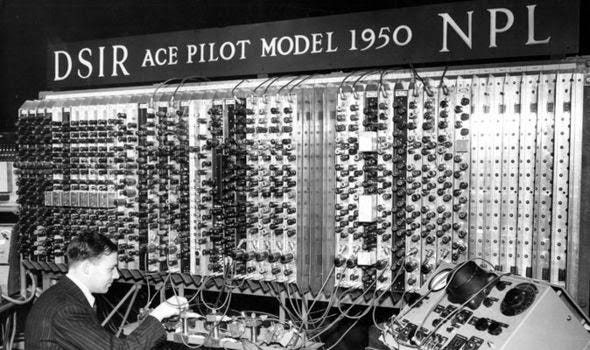
Artificial Intelligence, or AI, refers to the simulation of human intelligence processes by machines, especially computer systems. These processes include learning, reasoning, problem-solving, perception, and language understanding. AI systems can be taught to perform tasks, recognize patterns, and make decisions in a way that mimics human cognitive abilities.
But how does AI relate to the Internet of Things (IoT)? When AI is integrated into this system, it takes the IoT to a whole new level, often referred to as AIoT — Artificial Intelligence of Things.
By combining AI with IoT, devices can not only communicate data, but also interpret and make decisions based on it. For example, a smart thermostat can learn a user’s schedule and adjust the temperature automatically to optimize energy usage. A security system with AI can recognize an anomaly like an unrecognized face and alert the owner or take necessary action.
In essence, AI adds a layer of “intelligence” to IoT devices, allowing them to analyze data, learn from it, and make informed decisions. This not only enhances the capabilities of IoT devices but also increases their efficiency and effectiveness.
Although we have not fully defined the software approach to be used, these are some of the ones we will be working on.
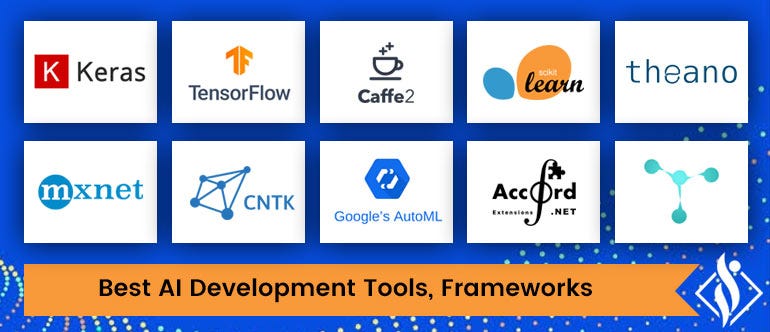
With AI for microcontrollers it is possible to respond to the data offered by the sensors of IoT devices and use the assets of the Neurai blockchain to adapt to the needs for what you want to program, such as intelligent traceability on farms or plantations, automated logging according to patterns, etc.
We will not only use this AI software for tiny hardware that will work with Neurai, as in the future it will be possible to use powerful software APIs to take advantage of the GPU power in our small devices in a simple and transparent way.
The intersection of Artificial Intelligence (AI), the Internet of Things (IoT), and blockchain technology, including Non-Fungible Tokens (NFTs) and blockchain tokens, represents an exciting frontier in technology. This combination unlocks numerous possibilities across diverse sectors.
To facilitate the use of AI in our project, we will create a series of documentation that will be essential for developers to use our tools in a simple and easy way.
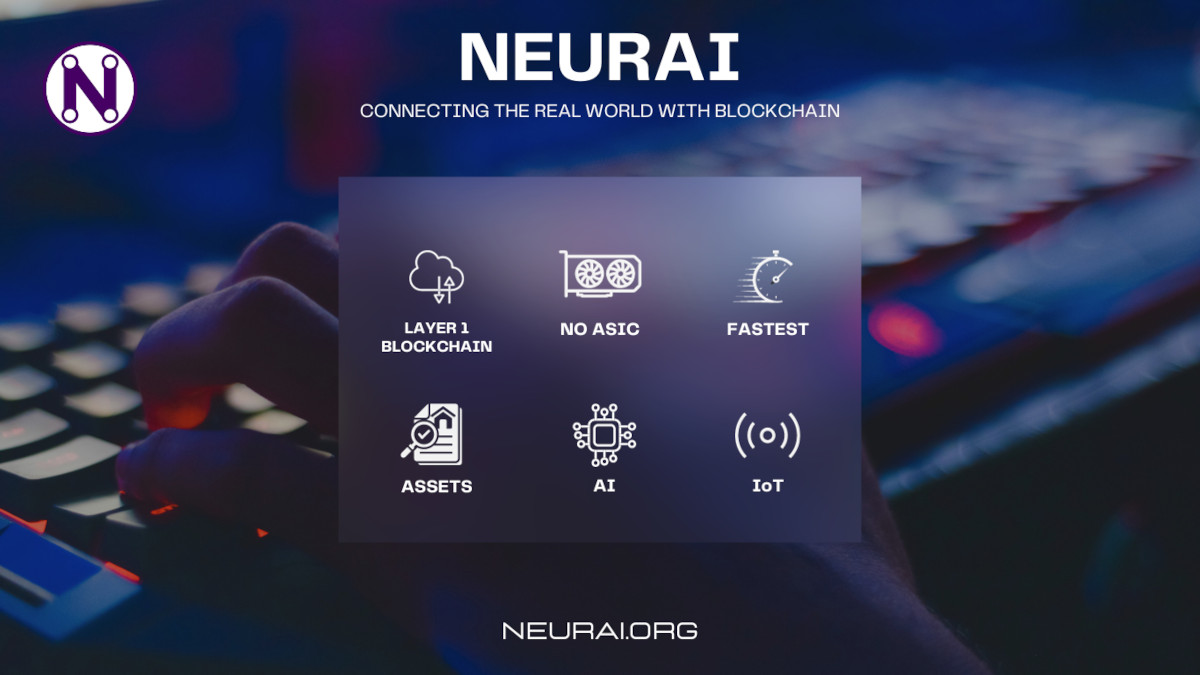
This is just a brief description of Neurai and what makes it up. We will try to make more articles detailing each of the points and thus deepen in everything we have to teach.
We know it will be a long way, but when there is constancy, everything is much easier.